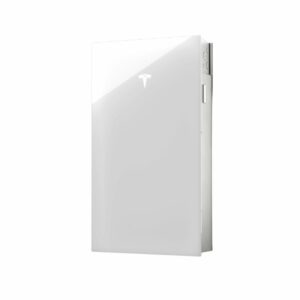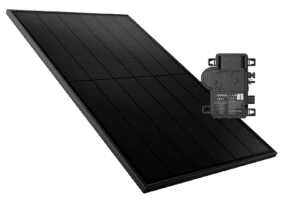With the environmental consciousness and sustainable living, the quest for renewable energy solutions has taken center stage. Among these innovative technologies, solar hot water systems shine brightly as a beacon of eco-friendly heating. Harnessing the power of the sun to provide warm water for homes and businesses, these systems represent a significant step towards reducing carbon footprints and reliance on traditional energy sources. Join us as we embark on a journey to delve into the fascinating world of solar hot water systems, understanding their workings, benefits, and implications for a greener future.
Solar Energy Basics: Understanding How Solar Hot Water Systems Work
At the heart of every solar hot water system lies a fundamental principle: harnessing the boundless energy of the sun. These systems operate on a simple yet ingenious concept, converting sunlight into heat energy to warm water for various domestic and commercial purposes. Understanding the basics of how solar hot water systems function is essential for appreciating their efficiency, reliability, and environmental benefits. In the next section, we’ll explore the core principles behind these systems, shedding light on their inner workings and practical applications
System Components: A Closer Look at the Anatomy of Solar Hot Water Systems
Solar hot water systems consist of several key components that work in concert to harness solar energy and provide hot water for various applications.
-
- Solar Collectors: These are the heart of the system, responsible for capturing sunlight and converting it into heat energy. Typically installed on rooftops or open areas with optimal sun exposure, solar collectors come in different types such as flat-plate collectors or evacuated tube collectors. They contain absorber plates or tubes that absorb sunlight and transfer the heat to a fluid circulating within them.
-
- Storage Tank: The heated fluid from the solar collectors is transferred to a storage tank for later use. This tank acts as a reservoir, storing the heated water or heat-transfer fluid until it’s needed. Insulation is often incorporated into the tank to minimize heat loss and maintain water temperature.
-
- Circulation System: A circulation pump facilitates the flow of the heat-transfer fluid between the solar collectors and the storage tank. Valves and sensors regulate the flow to optimize system performance and efficiency.
-
- Backup Heating Source: In situations where solar energy alone is insufficient to meet hot water demand, backup heating sources such as electric or gas heaters may be integrated into the system. These provide supplementary heating to ensure a consistent supply of hot water.
Understanding the function and interplay of these components is essential for the effective operation and maintenance of solar hot water systems, enabling homeowners and businesses to maximize energy savings and reduce environmental impact.
Distribution System: Delivering Solar-Heated Water to Your Home
Once solar energy has been efficiently captured and stored, the distribution system comes into play, ensuring that the solar-heated water reaches its intended destination within your home. This vital component of solar hot water systems comprises pipes, valves, and controls designed to deliver hot water seamlessly to various fixtures and appliances.
At the heart of the distribution system is a network of pipes that connect the storage tank to the points of use throughout the building. These pipes are typically insulated to minimize heat loss and maintain water temperature during transit. Valves and controls regulate the flow of hot water, directing it to where it’s needed most efficiently.
In a well-designed distribution system, hot water is delivered on-demand to showers, sinks, and other fixtures, providing comfort and convenience while maximizing energy efficiency. By leveraging solar energy to heat water and optimizing its distribution, homeowners can enjoy a reliable and environmentally friendly hot water supply for their daily needs.
Solar Hot Water in Summary
Solar hot water systems offer a sustainable and efficient solution for meeting hot water needs while reducing reliance on traditional energy sources. By harnessing the power of the sun, these systems heat water through solar collectors and store it in insulated tanks for later use. Key components such as solar collectors, storage tanks, circulation systems, and distribution networks work together seamlessly to deliver solar-heated water to homes and businesses. With their environmental benefits, cost savings, and reliability, solar hot water systems represent a step towards a greener and more sustainable future.







